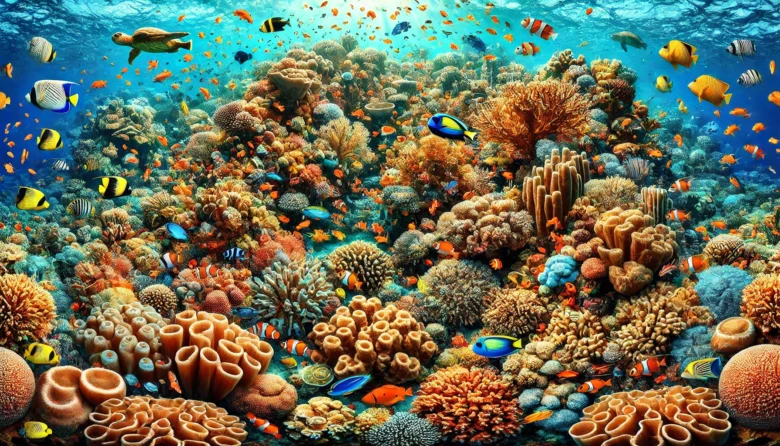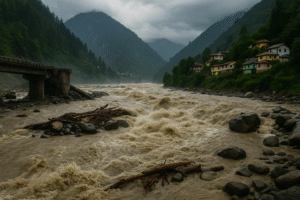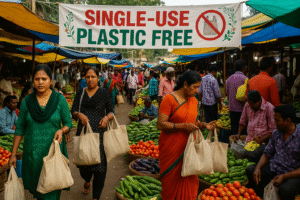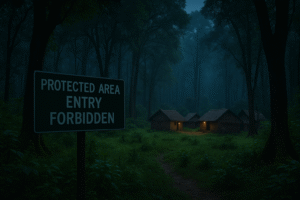Have you ever marveled at the vibrant life teeming in a coral reef or the majestic dance of dolphins in the ocean? Our oceans are a treasure trove of biodiversity but are threatened by overfishing pollution, and climate change. One of the most effective ways to safeguard these underwater wonders is through Marine Protected Areas (MPAs). Let’s dive into the world of MPAs and understand how they help preserve ocean biodiversity, particularly in India.
What are Marine Protected Areas?
Marine Protected Areas (MPAs) are ocean regions where human activities are more strictly regulated than the surrounding waters to conserve marine life and habitat. These areas can vary in size and restrictions, from no-take zones, where all extractive activities are prohibited, to multiple-use areas that allow limited and regulated activities.
The Importance of Marine Protected Areas in India
With its vast coastline and rich marine life, India has several MPAs that play a crucial role in preserving ocean biodiversity. From the coral reefs of the Andaman and Nicobar Islands to the mangroves of the Sundarbans, these protected areas help maintain the health of marine ecosystems.
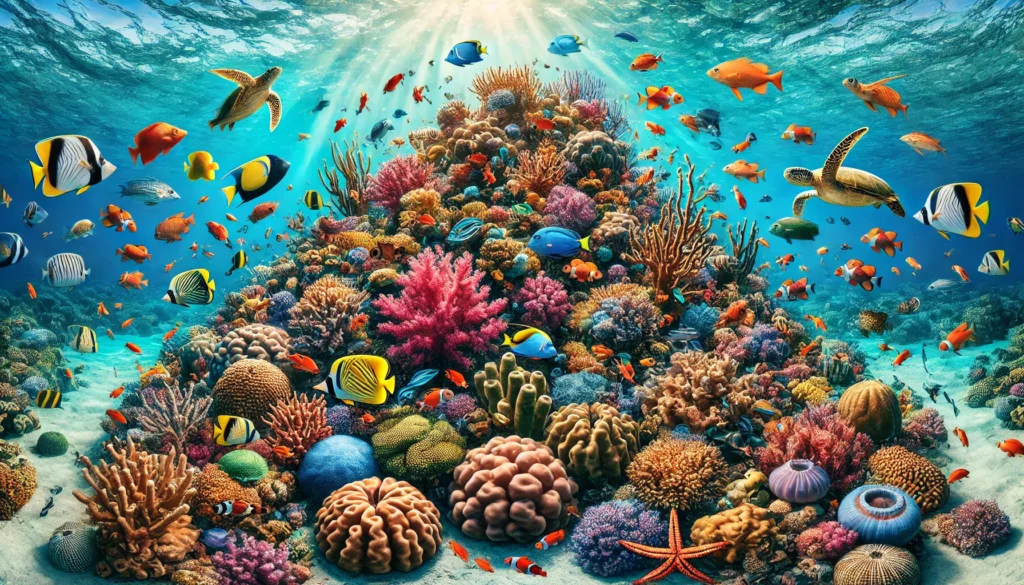
Benefits of Marine Protected Areas:
Biodiversity Conservation: MPAs provide safe havens for endangered species and help maintain the natural balance of marine ecosystems.
Fishery Management: By restricting fishing in certain areas, MPAs allow fish populations to recover and spill over into surrounding areas, supporting sustainable fisheries.
Climate Resilience: Healthy marine ecosystems, such as coral reefs and mangroves, act as natural buffers against climate change impacts like storm surges and coastal erosion.
Tourism and Recreation: MPAs can boost local economies through eco-tourism and recreational activities, offering livelihoods to coastal communities.
Examples of Marine Protected Areas in India
Gulf of Mannar Marine National Park: Located between India and Sri Lanka, this MPA is known for its rich biodiversity, including over 3,600 species of flora and fauna. The park is home to coral reefs, seagrass beds, and mangroves.
Sundarbans National Park: A UNESCO World Heritage Site, the Sundarbans is the largest mangrove forest in the world. It provides critical habitat for species like the Bengal tiger, saltwater crocodile, and various fish and bird species.
Mahatma Gandhi Marine National Park: Situated in the Andaman Islands, this park protects various marine life, including coral reefs, sea turtles, and fish species. It is also a popular destination for snorkeling and diving.
How Marine Protected Areas Work
MPAs are managed through a combination of regulations and community involvement. Here’s how they function:
Zoning: Different zones within an MPA may have varying levels of protection, from no-take zones to areas where sustainable fishing is allowed.
Monitoring and Enforcement: Regular monitoring ensures compliance with regulations while enforcement actions are taken against illegal activities.
Community Involvement: It is crucial to engage local communities in the management of MPAs. They often possess traditional knowledge and have a vested interest in the health of marine ecosystems.
Research and Education: MPAs serve as living laboratories for scientific research and as sites for environmental education, raising awareness about marine conservation.
Challenges and Solutions
While MPAs offer numerous benefits, they also face challenges:
Enforcement: Ensuring compliance with regulations can be difficult due to limited resources and vast areas to patrol. Increasing funding for enforcement and using technology like satellite monitoring can help.
Community Engagement: Some communities may see MPAs as threatening their livelihoods. Effective engagement, alternative livelihood programs, and benefit-sharing mechanisms can address these concerns.
Climate Change: MPAs alone cannot protect marine ecosystems from climate change impacts. Global efforts to reduce greenhouse gas emissions are essential.
India’s Commitment to Marine Conservation
India is making strides in marine conservation through various initiatives:
National Policy on Marine Fisheries: This policy promotes sustainable fishing practices and the conservation of marine ecosystems.
Blue Flag Certification: Several Indian beaches have received Blue Flag certification for meeting high environmental and safety standards.
Research and Collaboration: Institutions like the Wildlife Institute of India (WII) and the National Centre for Coastal Research (NCCR) are researching and collaborating with international bodies to enhance marine conservation efforts.
The Future of Marine Protected Areas in India
The future of MPAs in India looks promising. With continued commitment from the government, NGOs, and local communities, these areas can play a pivotal role in preserving the country’s rich marine biodiversity. Expanding the network of MPAs, improving management practices, and fostering community involvement are critical steps toward a sustainable future.
Conclusion
Marine Protected Areas are vital for preserving the ocean’s rich biodiversity and ensuring the health of marine ecosystems. Protecting critical habitats and species provides numerous benefits, from supporting fisheries to boosting tourism. As India continues to expand and strengthen its network of MPAs, we can look forward to a future where our oceans thrive and sustain life for generations to come.
Author’s Note
Thank you for exploring the importance of Marine Protected Areas with me. If you found this blog informative and engaging, please share it with others who care about our oceans. Together, we can make a difference in preserving the wonders of the marine world.
G.C., Ecosociosphere contributor.
References and Further Reading:
- Wildlife Institute of India (WII)
- National Centre for Coastal Research (NCCR)
- santa monica bay – 1X57. http://1×57.com/tag/santa-monica-bay/
- Importance of Aquatic Ecosystems in Supporting Biodiversity. https://www.greenlivinganswers.com/ecosystem/aquatic
- Top 5 Essential Products for Boat Fishers in the UAE – New & Used Boats for Sale in UAE. https://duboat.com/top-5-essential-products-for-boat-fishers-in-the-uae/
- Most-beautiful Tourist Places in Mozambique for First-timers. https://www.educba.com/tourist-places-in-mozambique/
- (2016). United States : Groups Rally Outside U.N. To Protest Coal Development Near Worlds Largest Mangrove Forest. MENA Report, (), n/a.
- Wandur National Park, Andaman and Nicobar Islands – Trans India Travels. https://www.transindiatravels.com/andaman-and-nicobar-islands/wandur-national-park/
- Phuket Sailing Tours to Koh Phi Phi, Koh Lanta and Southern Thailand. https://thaisailing.com/phuket-sailing-tours/
- Lucy Maxwell – EJIL: Talk!. https://www.ejiltalk.org/author/lmaxwell/
- Henriques, A. F. D. B. (2015). Cold-water coral communities in the Azores : Diversity, habitat and conservation. https://core.ac.uk/download/61446309.pdf
- SDG#13 Climate Action, #14 Life below Water, and #15 Life on Land | Students Union UCL. https://studentsunionucl.org/articles/sdg13-climate-action-14-life-below-water-and-15-life-on-land
- A Fingerprint Lock for Door: Smart Choice for Home Security. https://www.teeho.com/blogs/news/fingerprint-lock-for-door

